Planting, harvesting, treatment, drying, grinding, export, cup testing, baking, grinding, cooking
Planting planting
Coffee bean is actually a kind of seed. When dried, roasted and ground, it can be used to make coffee. If the seeds are not processed, they can be planted and germinated into coffee trees.
Coffee seeds are usually planted in big beds in shaded nurseries. Always water the seedlings and block the bright light until they thrive. Planting is often carried out in the rainy season, because moist soil can make the roots strong.
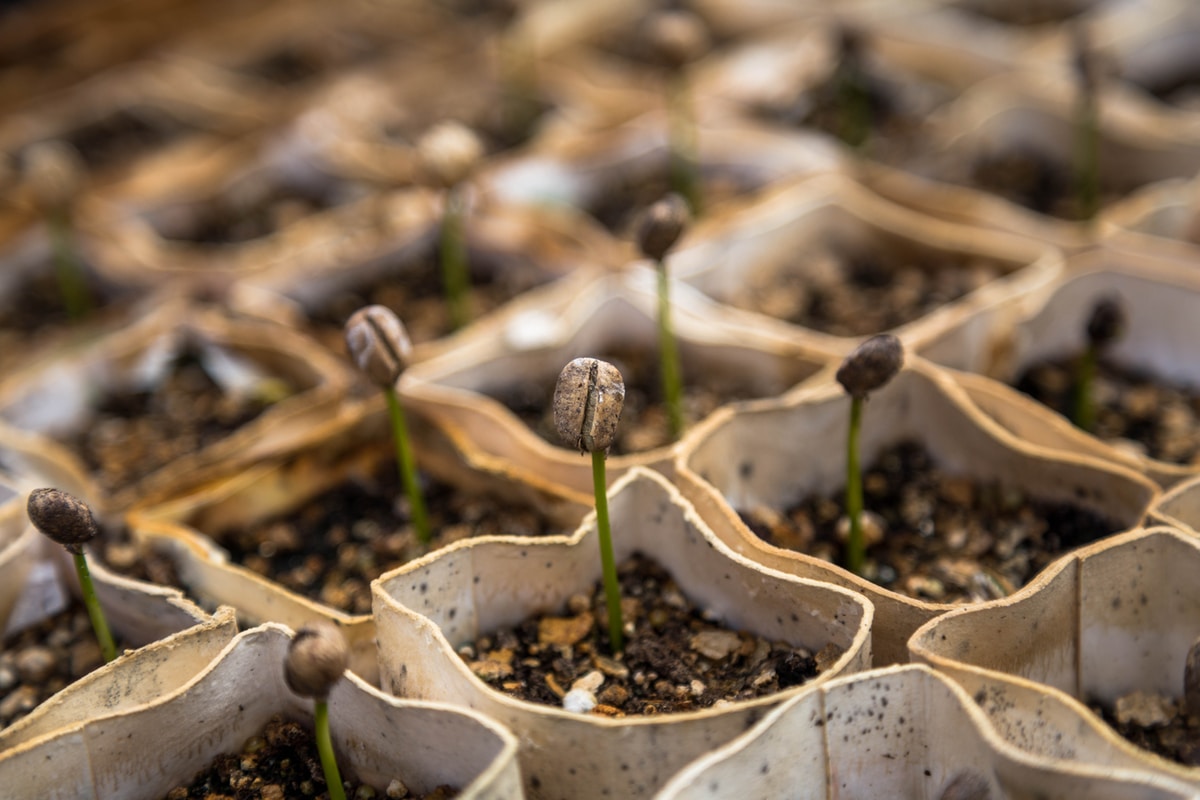
Harve sting the Cherries harvest
Depending on the variety, it takes about three to four years for newly planted coffee trees to bear fruit.
The fruit, called coffee cherry, turns bright crimson when it is ripe.
Generally speaking, there is a big harvest once a year. In countries such as Colombia, flowering occurs twice a year, with a distinction between primary and secondary.
In most countries, crops are picked by hand, which is labor-intensive and difficult, but in places like Brazil, where the terrain is relatively flat and coffee fields are large, the picking process has been mechanized.
Whether hand-picked or machine-picked, all coffee is collected in one of two ways:
Direct peeling harvesting: all cherries are peeled off from the branches at once and can be fed by machine or manual.
Selected cherry picking: only ripe cherries will be picked by hand and picked alone. The picker takes turns picking on the tree every eight to ten days, choosing only the cherries with the highest maturity. Because this picking method is labor-intensive and expensive, it is mainly used to pick better Arabica coffee.
A good picker picks about 100 to 200 pounds of coffee cherries a day and can produce 20 to 40 pounds of coffee beans. Each worker will be carefully weighed every day, and each worker will be paid according to the results of his or her own work. Then transport the day's harvest to the processing plant.
Processing the Cherries processing
After the coffee is picked, it must be processed as soon as possible to prevent the fruit from deteriorating. Coffee can be processed in two ways, depending on location and local resources.
Insolation: an ancient method of coffee processing, it is still used in many countries with limited water resources. Freshly picked cherries are simply spread out to dry. To prevent cherries from spoiling, rake them open and turn them during the day, and then cover them at night or when it rains to prevent moisture. Depending on the weather, this process may continue until the water content of cherries drops to 11%.
Washing: remove the pulp of the coffee cherry after picking, so that the coffee beans will be dried, leaving only the sheepskin. First of all, the freshly harvested cherries are separated from the peel and pulp through a beater.
Then, as the beans pass through the sink, they are screened by weight. Lighter beans float on top, while heavier ripe beans sink to the bottom. They are graded by size through a series of rotating rollers.
After sorting, the beans are transported to a large fermentation tank filled with water. Based on a combination of factors such as the condition of the beans, climate and altitude, the beans will stay in these cans for 12 to 48 hours to remove the mucous layer (called the parchment) still attached to the parchment. In the fermentation tank, naturally occurring enzymes dissolve this layer of mucus.
When the fermentation is finished, the beans will feel rough. Then the beans are washed with water and can be dried.
Drying the Beans drying
If the beans are sun-treated, the beaten and fermented beans must now be dried to about 11% moisture in order to be ready for storage.
These beans, still in parchment shells, can be dried by laying them on a dry bed or floor, turning them regularly, or by machine in a large roller dryer.
The dried beans will be packed with parchment shells and packed in jute bags until they are ready for export.
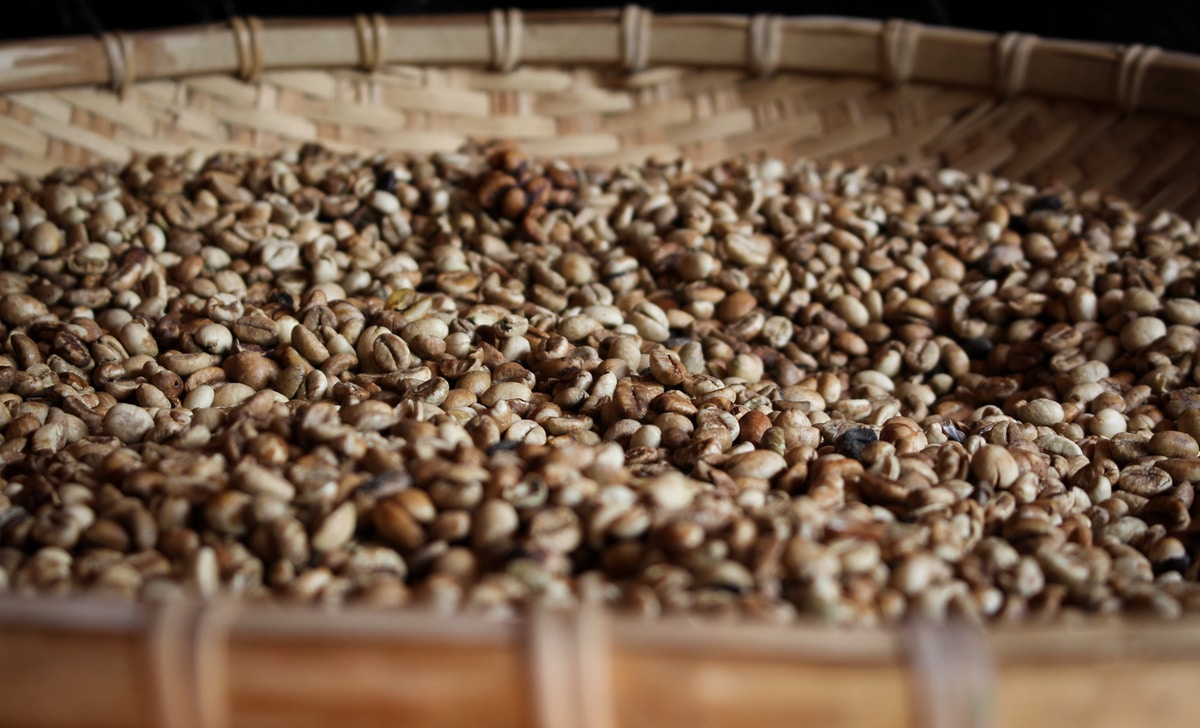
Milling the Beans milling
Before export, coffee with parchment shell will be milled as follows:
The sheller can remove the skin from the sun-cured coffee. The shelling step refers to the removal of the exocarp, mesocarp and endocarp of the whole dried cherry.
Polishing is an optional process, which uses a machine to remove the silver skin left on the beans after shelling. Although polished beans are thought to be better than unpolished beans, in fact, there is no essential difference between the two.
Grading and sorting: it is carried out according to size and weight, while reviewing the color defects or other defects of beans.
Beans are graded through a series of sieves. In addition, air separation is carried out through an air fan to separate heavy beans from light beans.
Usually, the size of beans is expressed as 10 to 20. This number represents the diameter of the round hole, in units of 64 inches. The beans of size 10 will be the size of a round hole with a diameter of 10 peas 64 inches, and the beans of size 15 will be the size of 15 machetes 64 inches.
Finally, defective beans should be removed manually or by machine. Unqualified coffee beans will be removed due to defects (unacceptable size or color, overfermented coffee beans, insect pests, unshelled coffee beans). In many countries, this process is done by machine and by hand, ensuring that only the highest quality coffee beans are exported.
Exporting the Beans export
Ground coffee beans, now known as raw beans, are loaded on board in jute or sword sacks, in shipping containers, or bulk in containers with plastic linings.
Tasting the Coffee cup test
The quality and taste of coffee should be tested. This process is called cup testing.
First of all, the cup tester evaluates the overall appearance quality of the beans. The coffee beans are then roasted in a small roaster in the laboratory, then ground immediately and soaked in water at a strictly controlled temperature. The roaster judges and records the quality of coffee by smelling the aroma of coffee.
After leaving the coffee for a few minutes, use a special cup spoon to break the residue, pick up the residue, and prepare for the cup test.
In order to taste the taste of the coffee, the barista sips and inhales the coffee liquid with a quick inhalation. The aim is to atomize the coffee evenly on the taste buds of the mouth to capture more flavor.
Samples are taken from different batches and different coffee beans every day. The purpose of this is not only to analyze the characteristics and defects of coffee, but also to match different coffee beans together or find suitable roasting in the future. An expert barista can taste hundreds of coffee samples a day and can still taste the nuances between them.
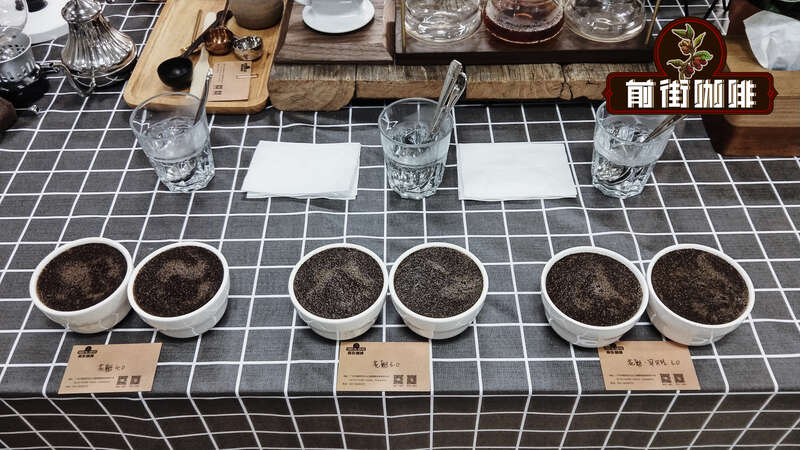
Roasting the Coffee baking
Roasting is to convert raw coffee beans into the aroma of coffee beans we like, bought in stores or cafes. Most roasters maintain a temperature of about 550 degrees Fahrenheit. Coffee beans are stirred in the baking bin throughout the baking to prevent burns.
When the internal temperature of coffee beans reaches about 400 degrees Fahrenheit, coffee beans begin to turn brown, and caffeol, an aromatic oil locked inside coffee beans, begins to appear. This process is at the heart of baking-it produces the taste and aroma of the coffee we drink.
After roasting, the coffee beans cool immediately. Baking is usually carried out locally, because freshly roasted coffee beans must reach consumers as soon as possible.
Grinding Coffee grinding
The purpose of proper grinding is to get more flavor of coffee. How coarse or fine coffee is ground depends on the brewing method.
The principle is that the duration of contact between water and coffee determines the ideal degree of grinding. This is why the coffee ground by the espresso machine is much finer than the coffee brewed in the drip filter.
The espresso machine uses 132 pounds per square inch to extract coffee.
We suggest taking the time to examine the coffee beans and smell the aroma-in fact, the aroma of coffee alone has been shown to be refreshing.
Brewing Coffee cooking
Please enjoy it!
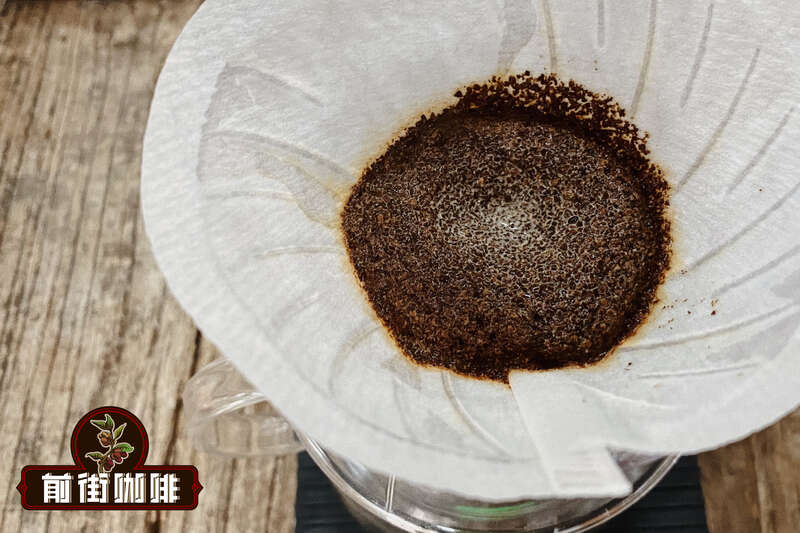
Important Notice :
前街咖啡 FrontStreet Coffee has moved to new addredd:
FrontStreet Coffee Address: 315,Donghua East Road,GuangZhou
Tel:020 38364473
- Prev
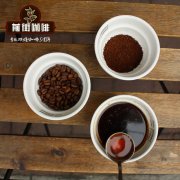
What is the role of coffee flavor wheel description to teach you how to understand coffee flavor wheel
In order to officially start the experiment, we have made some basic preparations. At Kansas State University, five sensory scientists spent 150 hours analyzing 105 coffee samples from 14 countries. In order to avoid the interference of the difficult description of the cup flavor, these flavors will be matched to the specific taste perception. For example, a BlackBerry will not be described as a berry growing on the mountain walls of Argentina.
- Next
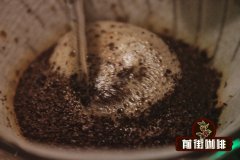
Coffee History, Origin, Development and Culture found that Coffee spread to Europe
The concentration mentioned here is not the taste in sensory analysis, but should be understood from the customer's point of view. It refers to the perceived coffee concentration in milk-based coffee. First of all, you have to consider the type of coffee you use, and you also need to consider the size of the cup and the variety of milk. Many factors affect the taste of coffee and milk, thus affecting the concentration, some of them.
Related
- Beginners will see the "Coffee pull flower" guide!
- What is the difference between ice blog purified milk and ordinary milk coffee?
- Why is the Philippines the largest producer of crops in Liberia?
- For coffee extraction, should the fine powder be retained?
- How does extracted espresso fill pressed powder? How much strength does it take to press the powder?
- How to make jasmine cold extract coffee? Is the jasmine + latte good?
- Will this little toy really make the coffee taste better? How does Lily Drip affect coffee extraction?
- Will the action of slapping the filter cup also affect coffee extraction?
- What's the difference between powder-to-water ratio and powder-to-liquid ratio?
- What is the Ethiopian local species? What does it have to do with Heirloom native species?

